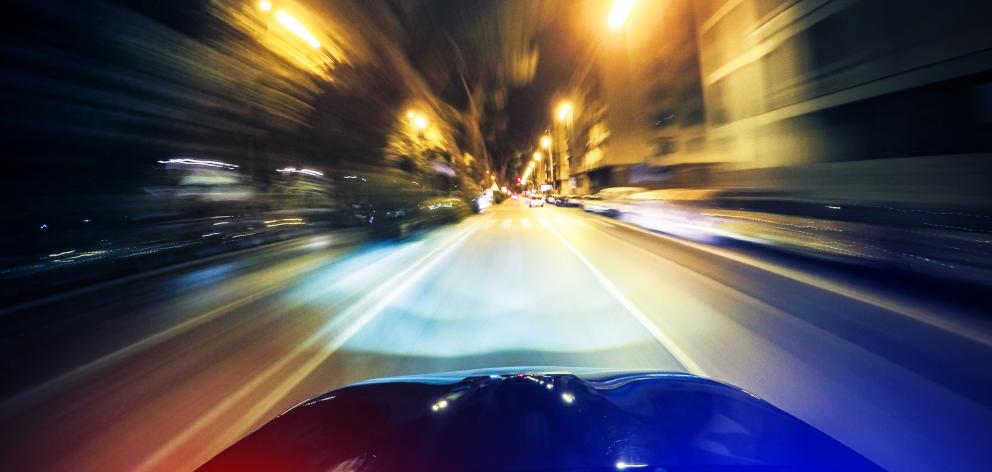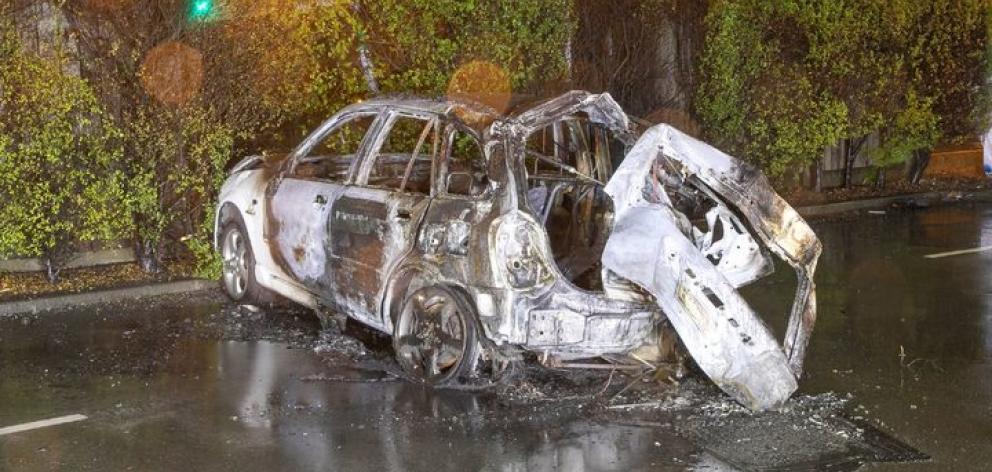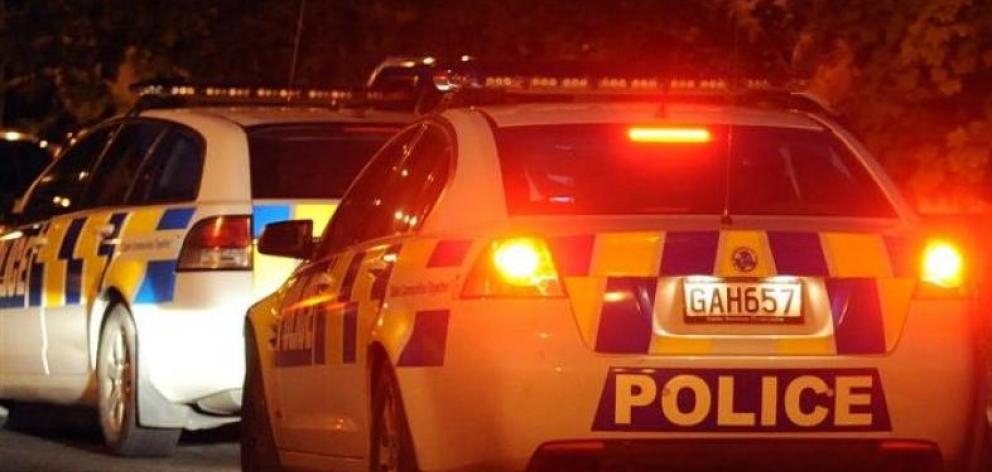
The number of police pursuits in Canterbury has almost doubled in the past five years. Sophie Cornish talks to road policing manager Senior Sergeant Ash Tabb to find out why.
In 2013, there were 167 fleeing driver incidents in Canterbury. Last year it jumped to 348.
And for the first six months of this year there were 171.
Since the beginning of 2015, 28 people have died as a result of police chases in New Zealand and 154 people have been seriously injured.
Since 2013 only one person has died in Canterbury metro area.
There is no one reason why people may flee from police, as each incident is unique, says Senior Sergeant Ash Tabb.
“There may be certain individuals who always flee every time police stop them. If that person is out and about a lot in the roading network, then that can increase. There can be various reasons, each one of them is unique.”

In 60 per cent of fleeing driver events the driver is located, he said and the rest are unknown.
While there is an increase in the events, Senior Sergeant Tabb said there is a bigger increase in police self-abandoning pursuits.
“We actually choose to abandon more than we used to. There is an oversight through the communications centre and other supervisors but we want staff to make the decision if they don’t feel its safe. Basically, if there is greater risk from continuing than the actual risk of following then we want them to stop.”
A risk assessment tool is used, which looks at the threat including exposure to the public, threats to the driver and police staff and necessity.
“We have to ask whether we have other means of locating the person,” Senior Sergeant Tabb said.
“A lot of these are stolen cars and we don’t know what else is going on in the vehicle. A lot of times we will stop the car and there will be other offences detected. Ultimately, it’s that balance of protecting the public, which is obviously the number one thing.”

How the pursuits start is also a mixed bag, it could begin from a routine traffic stop, where a driver could be suspected of drink driving or speeding and they choose not to stop.
Other times a member of the public or police staff have reported someone driving erratically and police will attempt to stop them.
“If it is a matter where we know who the driver is, it would be very rare for us to get involved in a pursuit event, unless the offending was very serious, because ultimately we would prefer to locate them out of the vehicle, rather than in a vehicle,” said Senior Sergeant Tabb.
The most serious consequence for a fleeing driver is death or serious injury to either themselves, or others.
Through the courts, charges can include licence disqualifications, vehicles being impounded and even imprisonment.
Road spikes are deployed regularly in pursuits and can be an “effective tool” when used properly and in a controlled environment, Senior Sergeant Tabb said.
“There are constraints on them. You cannot use them for certain vehicle types and in certain locations. The staff have to make sure the public is safe if they are used, as the vehicle can lose some control. Every incident is really unique in terms of when you can deploy them.”
His advice to people when they are signalled to stop by police is to pull over.
“It’s not worth putting lives at risk. Regularly there are cases where a person fails to stop because they don’t have a licence or have demerit points, but nothing is worse the risk, it is highly unpredictable.
BY THE NUMBERS:
Fleeing driver incidents in the Canterbury metro area (south of the Waimakariri River to Governors Bay and west to Hornby)
- 2014 – 198
- 2015 – 269
- 2016 – 269
- 2017 – 348
- 2018 (until June) – 171
- Pursuits abandoned by police in the Canterbury metro area
- 2014 – 102
- 2015 190
- 2016 – 187
- 2017 – 242
- 2018 (until June) – 129












